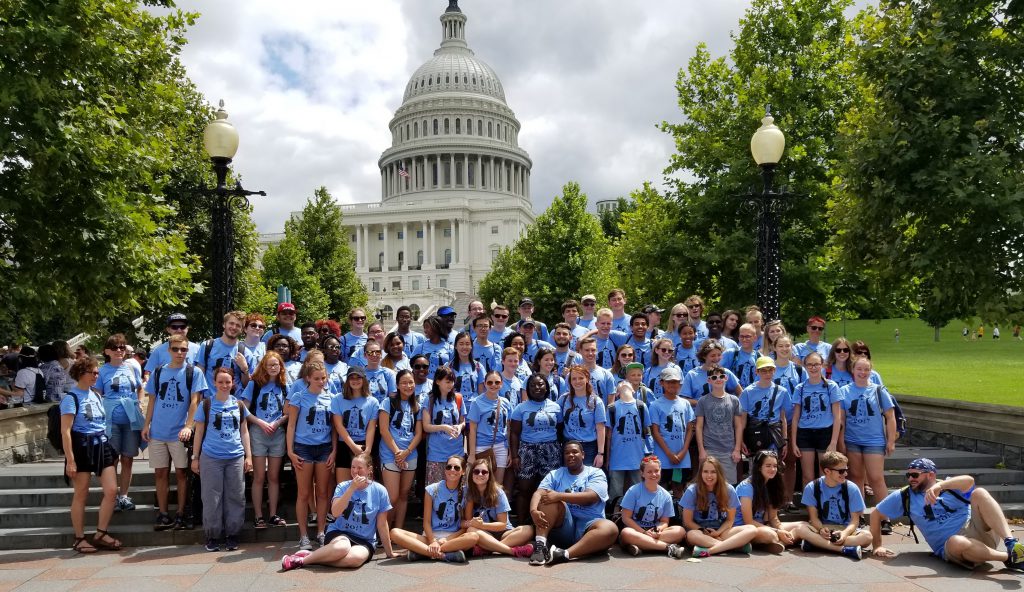SUBMIT YOUR STORY
Has your sister city, county, or state organization hosted a recent event or exchange? How did it impact your community? Tell Sister Cities International about the work your program does to promote peace through people, and your story will be featured in our weekly News Clips Newsletter, on our website, and on our social media channels.


